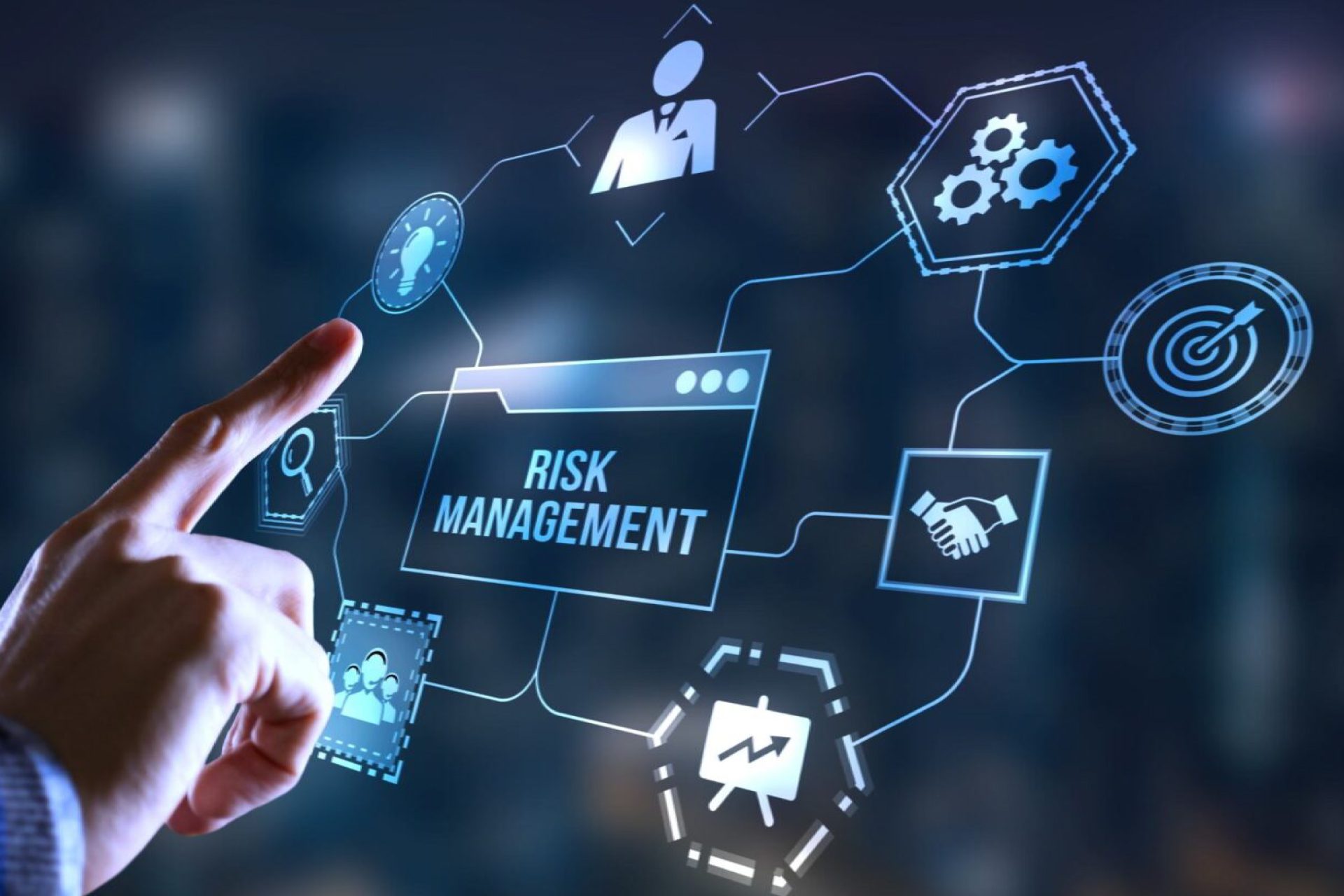In an increasingly interconnected and digital world, the concept of risk management in security has become more critical than ever. Organizations and individuals alike face a myriad of security threats, ranging from cyberattacks to physical breaches. Understanding and effectively managing these risks is essential for safeguarding assets, information, and overall well-being. In this article, we will explore the concept of risk management in security, its principles, and its significance.
- Understanding Risk Management:
Risk management in security is a systematic approach to identifying, assessing, and mitigating potential threats and vulnerabilities. It involves a series of processes and strategies aimed at minimizing the impact of adverse events and ensuring the continuity of operations.
- Key Principles of Risk Management:
Identification: The first step in risk management is identifying potential risks. This includes understanding the various threats that could affect an organization or individual, from cyber threats to natural disasters.
Assessment: Once risks are identified, they need to be assessed. This involves evaluating the likelihood of a threat occurring and the potential impact it could have. Risk assessment helps prioritize which risks to address first.
Mitigation: Mitigation strategies are implemented to reduce the probability and impact of identified risks. These strategies can include security measures, policies, and procedures designed to prevent or minimize the consequences of a security breach.
Monitoring: Risk management is an ongoing process. Continuous monitoring of the security landscape and the effectiveness of mitigation measures is crucial to adapt to evolving threats.
Response: In the event of a security incident, a well-defined response plan is essential. This plan outlines the steps to take when a risk materializes and includes actions to contain the threat, mitigate its impact, and recover from the incident.
- Significance of Risk Management in Security:
Protection of Assets: Effective risk management helps protect valuable assets, including physical assets like property and equipment, as well as digital assets like data and intellectual property.
Data Privacy and Confidentiality: In an era of data breaches and privacy concerns, risk management is vital for ensuring the privacy and confidentiality of sensitive information.
Business Continuity: By identifying and mitigating risks, organizations can maintain business continuity even in the face of unexpected disruptions, such as natural disasters or cyberattacks.
Compliance: Many industries and sectors have regulatory requirements related to security and risk management. Compliance with these regulations is essential to avoid legal and financial consequences.
Reputation Management: Security incidents can damage an organization’s reputation. Effective risk management helps prevent such incidents and, in case of an incident, enables a swift and competent response to mitigate reputation damage.
Cost Reduction: Proactive risk management can lead to cost savings by preventing security breaches that could result in financial losses, legal expenses, and recovery costs.
Peace of Mind: For individuals, risk management in security offers peace of mind knowing that personal and financial information is safeguarded, reducing anxiety about potential threats.
- Implementing Risk Management:
Risk Assessment: Conduct a comprehensive risk assessment to identify potential threats and vulnerabilities. This assessment should include an analysis of the likelihood and impact of each risk.
Risk Mitigation: Develop and implement risk mitigation strategies based on the assessment findings. This may involve technical solutions, security policies, employee training, and incident response plans.
Continuous Monitoring: Regularly monitor the security landscape for emerging threats and vulnerabilities. Adjust mitigation strategies as needed to address evolving risks.
Incident Response: Establish a well-defined incident response plan that outlines the steps to take when a security incident occurs. Test and update this plan regularly.
Employee Training: Human error is a significant contributor to security incidents. Provide employees with security awareness training to help them recognize and respond to potential threats.
Regular Reviews: Conduct periodic reviews of your risk management strategies and make necessary adjustments to ensure they remain effective.
In conclusion, the concept of risk management in security is paramount for organizations and individuals alike. It involves a systematic approach to identifying, assessing, and mitigating security risks to protect assets, data, and reputation. By implementing risk management principles and strategies, individuals and organizations can proactively address potential threats, reduce vulnerabilities, and respond effectively to security incidents. In an ever-evolving security landscape, embracing risk management is not just a best practice—it’s a necessity.
